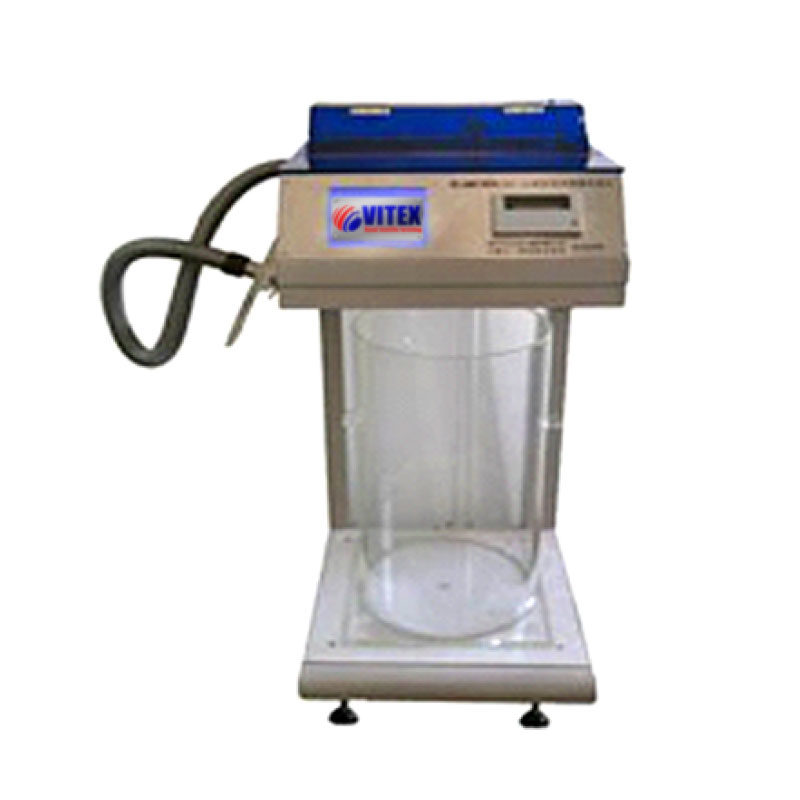Applications
Feather & Down Filling Power Tester, to determine the filling power (massic volume) of feather and down.
Pressure on the sample by dropping the platen is applied to the filling material at a constant speed and the level of the platen is noted after a stipulated time. The massic volume is calculated through the height and the known diameter of the graduated cylinder.
Functions
- Automatic blowing system
- Individual filter system design
- DC gear motor driving
- SCM controlling
- Touch screen operation
- Automatically lower done the platen and display the height
Standards
BSEN12130, JISL1903,FZ/T80001, GB/T14272 2011, GB/T10288, IDFB-FP
Power
220V 50 Hz 100W
Weight
270 Kg – 2 wooden cases
Dimensions
500 x 550 x 1500mm (L x W x H)



